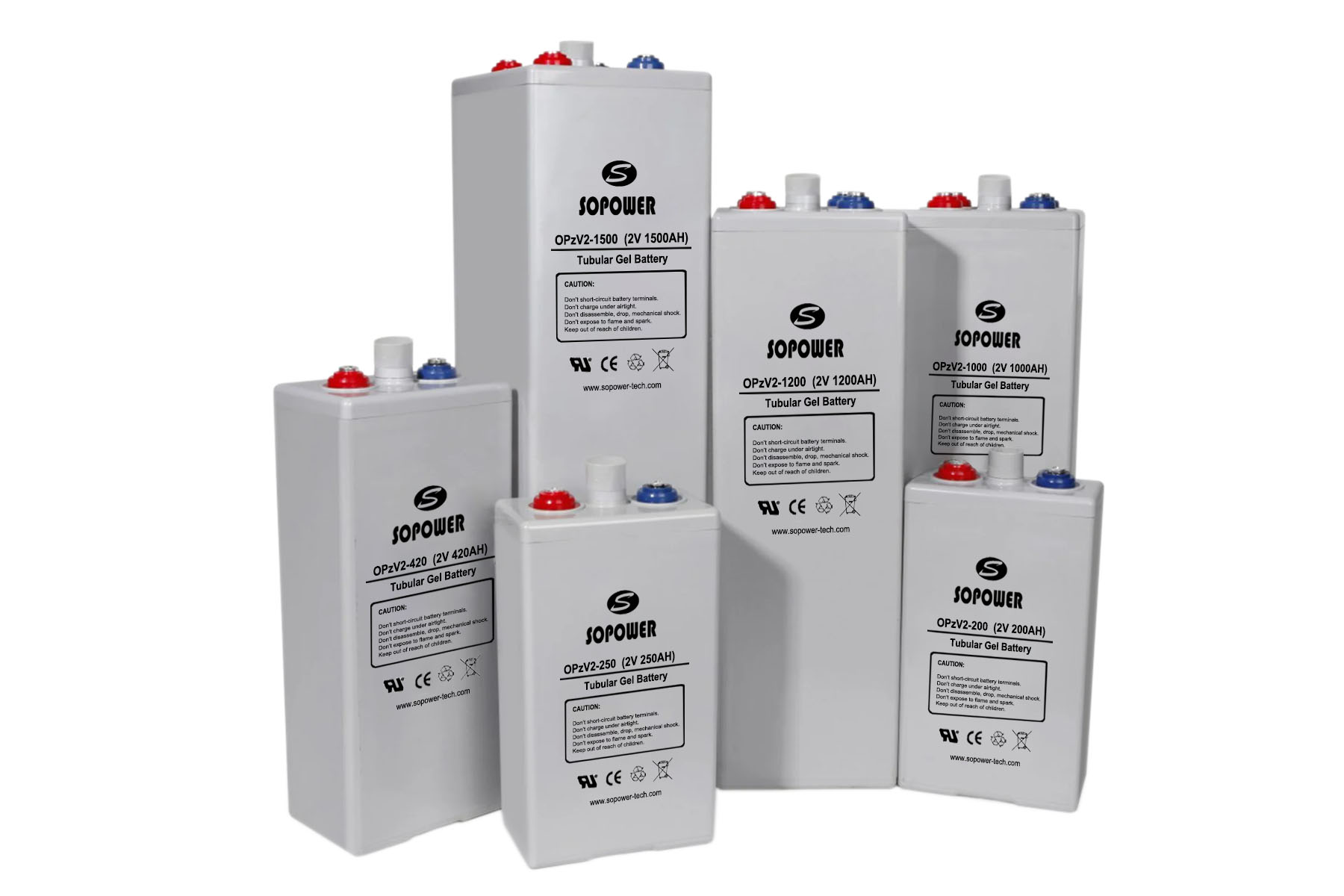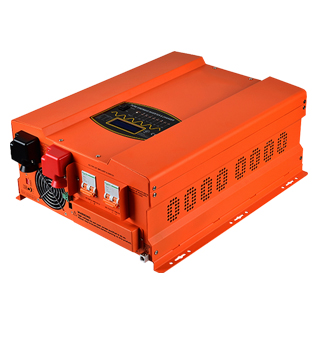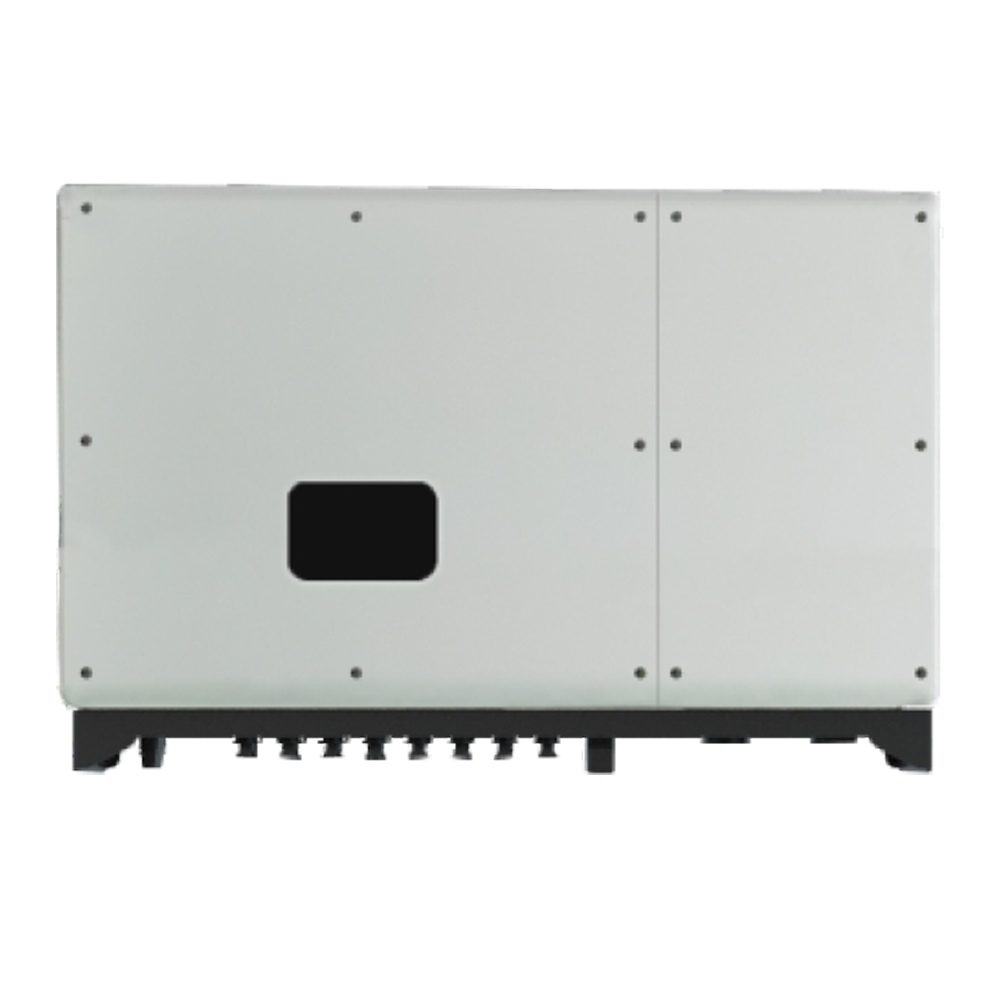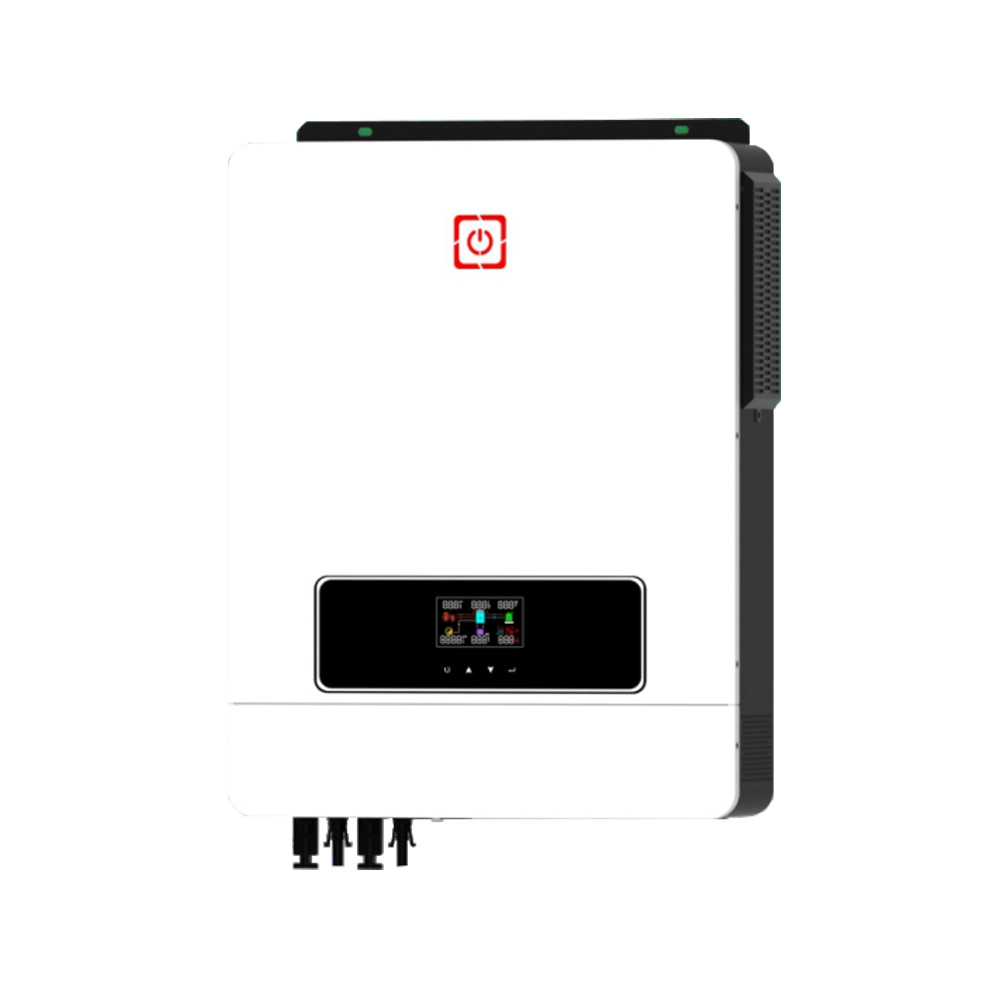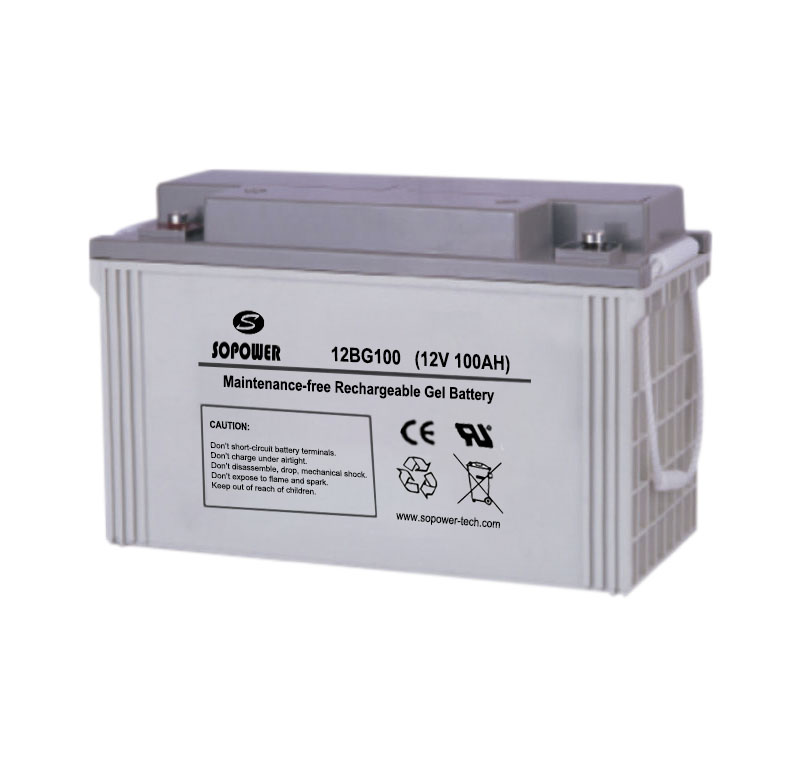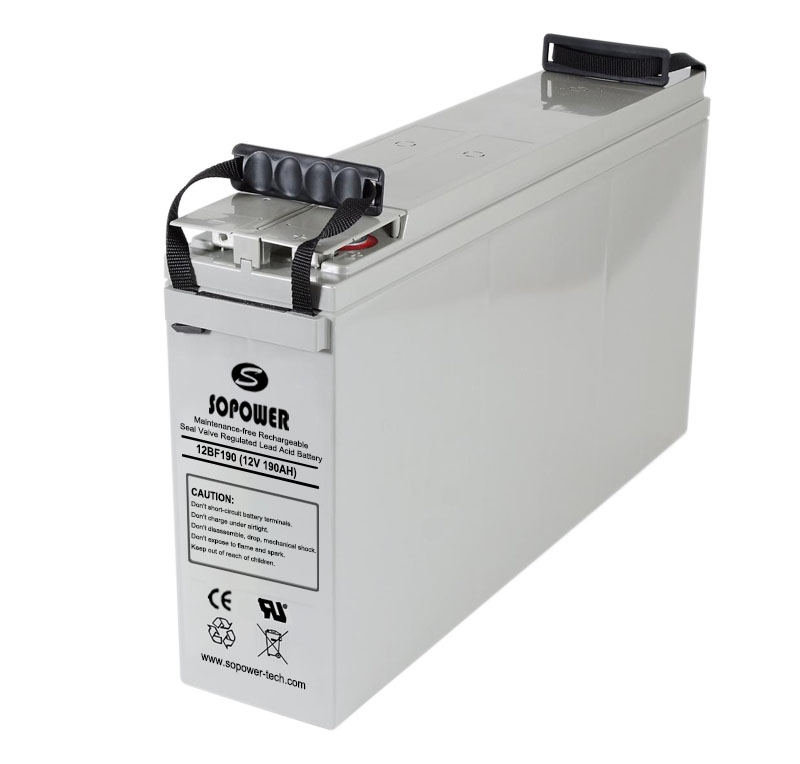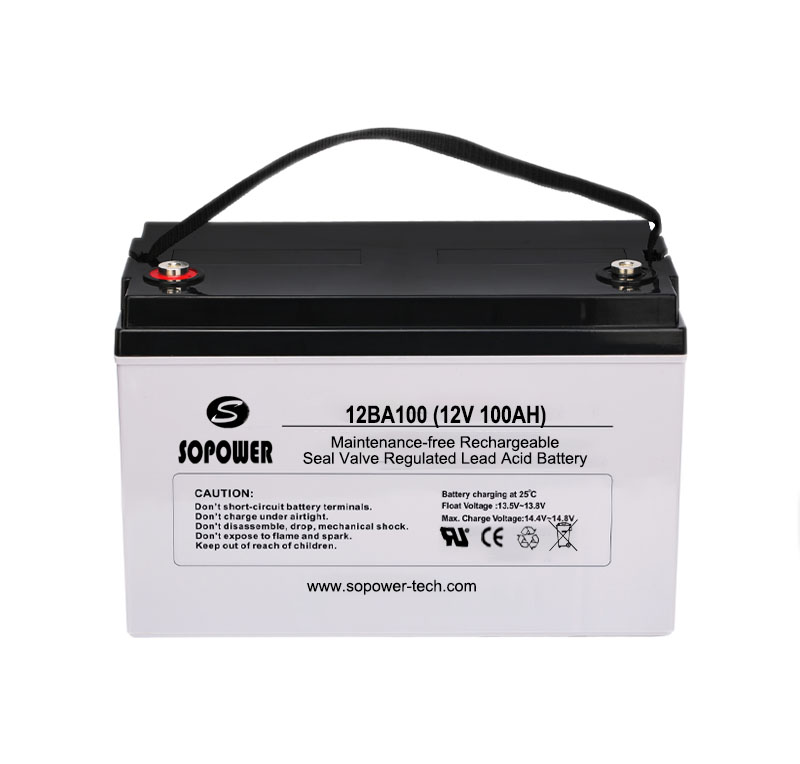Source: PV-Magazine Date: NOVEMBER 25, 2021
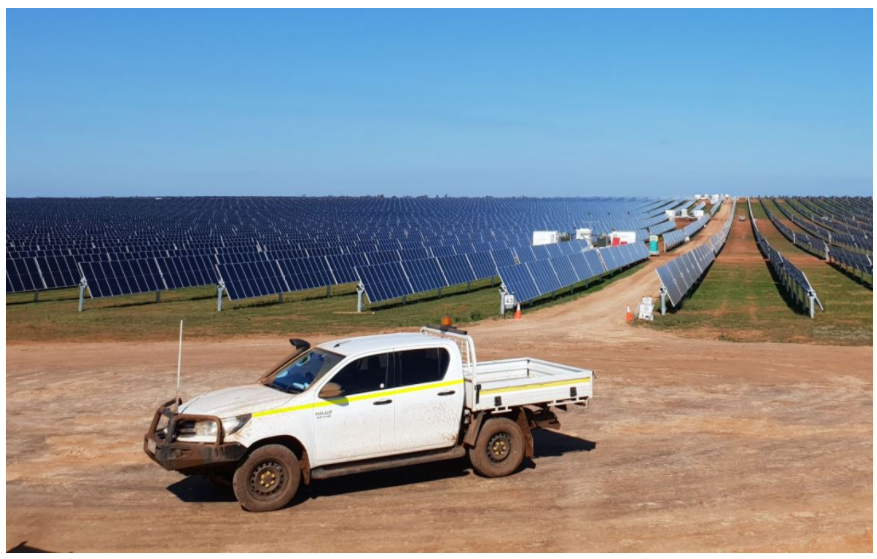
Ongoing growth in both renewable generation capacity, including rooftop solar, large-scale wind and solar, and dispatchable power in the form of big batteries is expected to drive down household power bills across the National Electricity Market in the coming years despite the impending closure of several of Australia’s ageing fossil-fuel fired power stations.
A new report by the Australian Energy Market Commission (AEMC) says the impact sparked by the planned closures of several of the nation’s fossil-fuel generators, including the 1.68 GW Liddell Power Station which is set to shutter in 2023, will be largely offset by decreasing wholesale electricity and environmental costs as more renewable energy comes online across Australia.
The AEMC’s 2021 annual residential electricity price trends report, which examines the direction household electricity prices will take over the next three years, forecasts an average national drop in annual bills of 6%, or $77, by 2024 as cheaper renewable energy flows to consumers.
AEMC chair Anna Collyer said the report shows that, based on current trends, prices per kilowatt hour are likely to be under 26c p/kWh by June 2024, the first time since 2016/17.
“This illustrates how integrating renewables in a smart way makes it possible to have both lower emissions and lower costs for consumers,” she said. “What we are seeing is the impact of new generation already commissioned as well as new capacity committed across the NEM.”
The predicted declines come in spite of the impending exit of several fossil-fuel generators from the National Electricity Market (NEM), including the staged exit of AGL’s Liddell Power Station in 2022 and 2023, one of the biggest coal-fired generators in the NEM.
AGL will close the plant in the New South Wales Hunter Valley in April 2023, having already lodged plans to establish a giant 500 MW battery at the site.
Collyer said prices are expected to fall slightly this financial year, increase by about $20 a year in FY2022/23 when Liddell exits the system, and then fall again as that lost capacity is replaced by a combination of solar, wind, gas and battery energy storage.
“While we have just under 2,500 MW of generation expected to exit the grid over the next three years, there are almost 5,500 MW of committed new large-scale generation and storage projects coming online over the same time period,” she said.
“This is in addition to 4,130 MW of new rooftop solar PV capacity, which will also influence prices by lowering demand and through exports.
“This diversity of generation and storage puts us in a strong position to manage the forecast retirement of ageing thermal generators and highlights the importance of being smart in how we connect resources to the grid and ensure the back-up needed for a secure supply, so the benefits of low cost and low emission generation aren’t eroded.”
While the report indicates wholesale costs and environmental costs are trending lower in most jurisdictions, it warns that regulated network charges are increasing.
“We can now see far enough into the future to be confident that power prices paid by consumers will continue to trend downwards over the next three years,” Collyer said.
“But while wholesale costs and environmental costs are trending lower, we are starting to see increases in the cost of network investments, and this is likely to accelerate over the next decade as more network investment is required to connect dispersed new generation to the grid.”
Queensland tipped to lead the way
Queensland is predicted to see the biggest price drop over the next three years, with prices expected to fall by 10%, or $126, to their lowest level in more than a decade.
The report predicts the price falls will be driven by more than 1.3 GW of new solar and wind generation and 100 MW of new battery storage coming online in the state’s southeast in the reporting period.
“Significant new generation has been committed in southeast Queensland,” Collyer said, highlighting the 200 MW Bluegrass Solar Farm being constructed by Spanish solar EPC X-Elio near Chinchilla on Queensland’s Western Downs, the 162 MW Columboola Solar Farm being developed at nearby Miles, and 120 MW Gangarri Solar Farm developed by Shell in the state’s south west.
Collyer also identified the Kennedy Energy, Maryborough, Warwick stage 1 and 2, Western Downs and Woolonga solar projects and the 100 MW/150 MWh Wandoan South BESS project being developed by Singapore-based Vena Energy.
Electricity prices are forecast to fall by 4% ($50) by 2024 in New South Wales, 8% ($99) or in Victoria, 6% (125) in Tasmania, while a modest drop of 2% ($35) in South Australia is predicted.
The report said wholesale prices would fall in South Australia despite the withdrawal of 420 MW of generation capacity with the closure of the Torrens Island and Osborne units over the next few years.
The Australian Capital Territory (ACT) is the only jurisdiction where power bills are predicted to rise. A net increase of 4%, or $77, is forecast by 2024.
Collyer said the modelling showed prices in the ACT increasing by $99 this financial year, and by $123 the following, before falling by $145 in 2023/24.
“A comparatively large number of ACT consumers, 28.7%, are still on standing offers rather than cheaper market offers so there are savings available to households if they shop around for a better deal,” she said.
The report said the price rise would be driven by rising wholesale and network costs, driven by increases in transmission and distribution costs.
It said environmental costs in the ACT would also increase due to the costs of large-scale Feed-in Tariff Schemes.
The report does not include the Northern Territory or Western Australia, which are not part of the NEM.
This content is protected by copyrig

